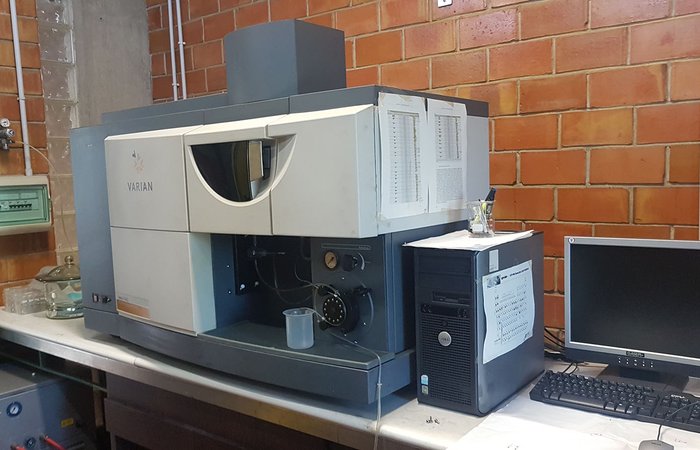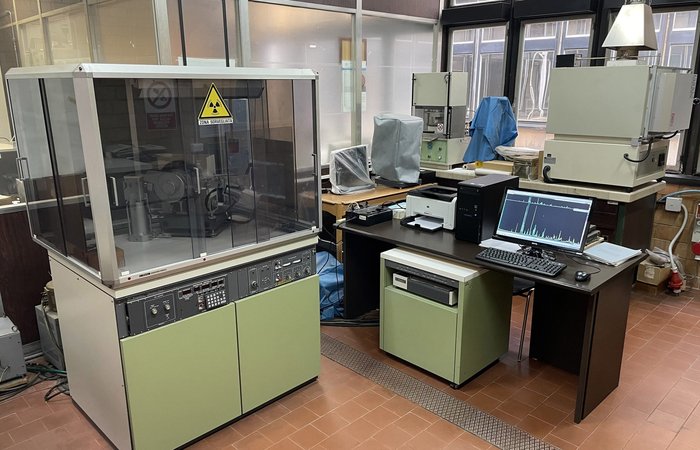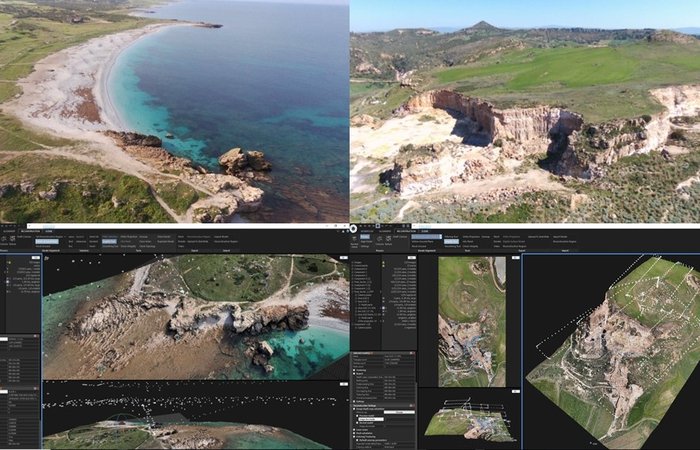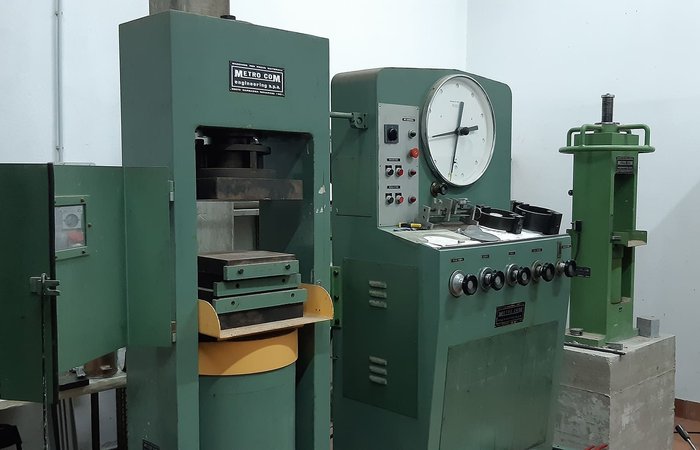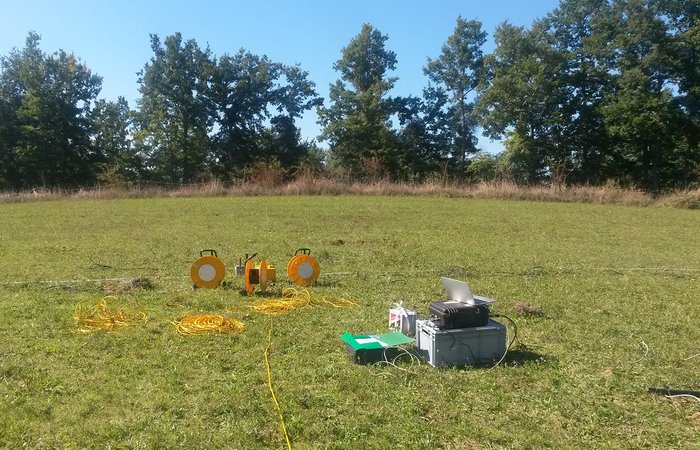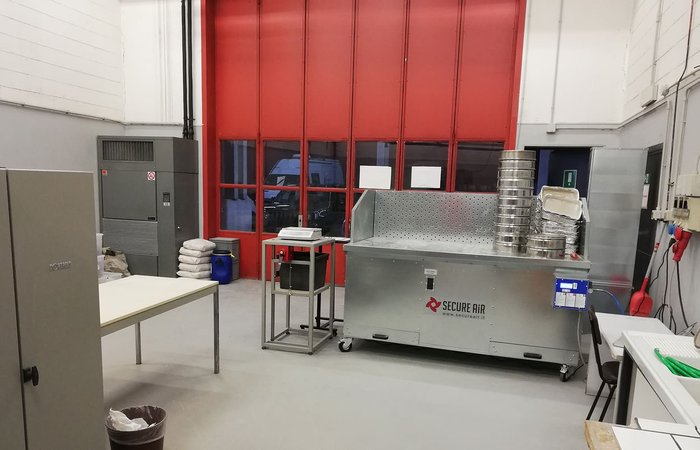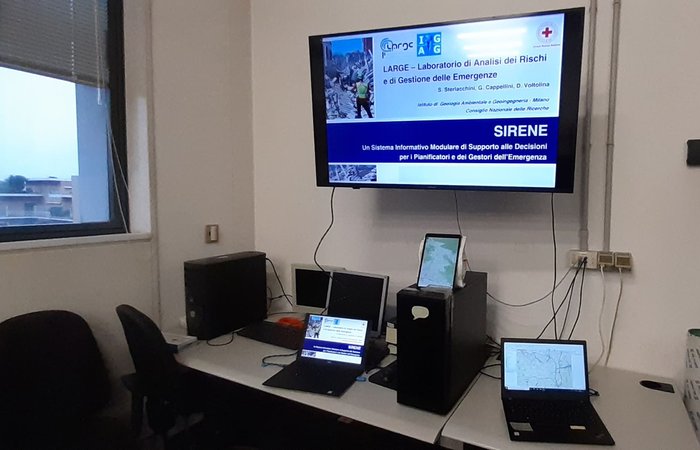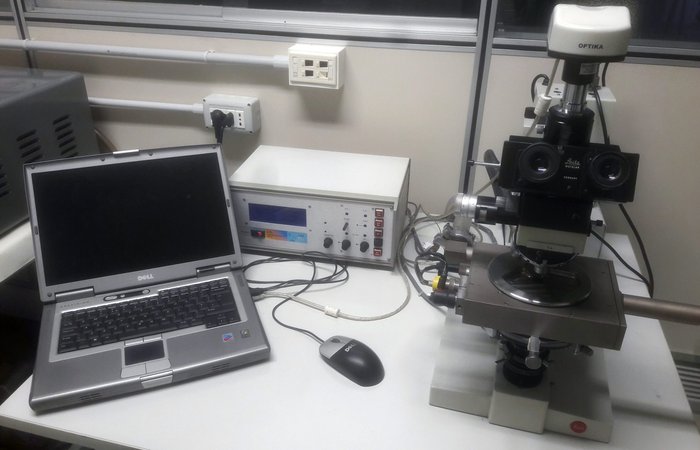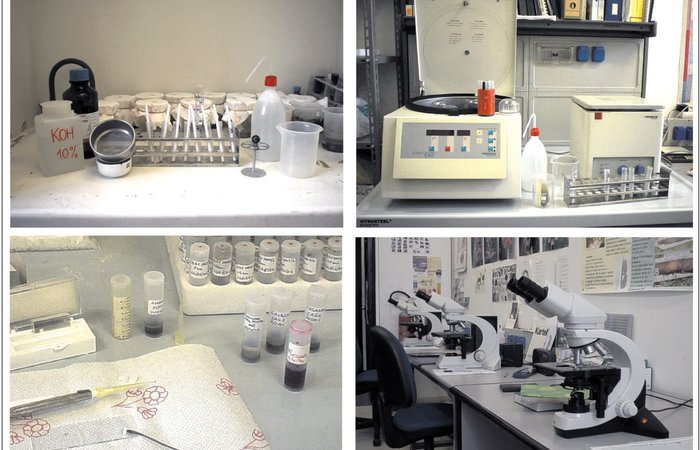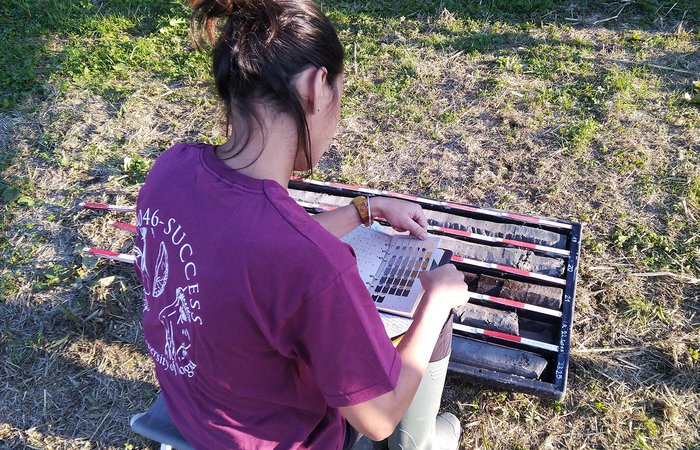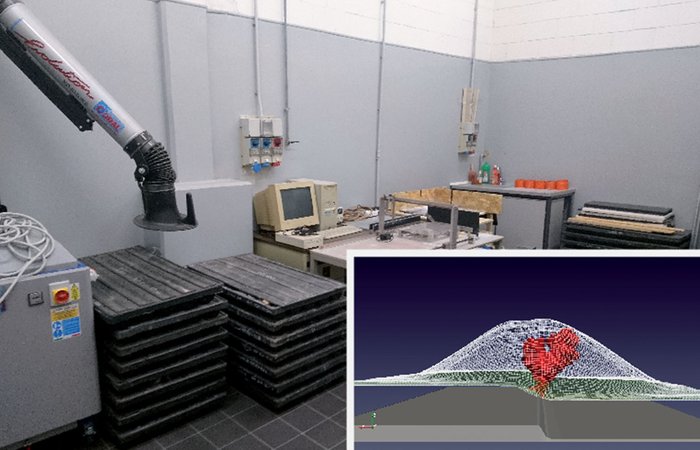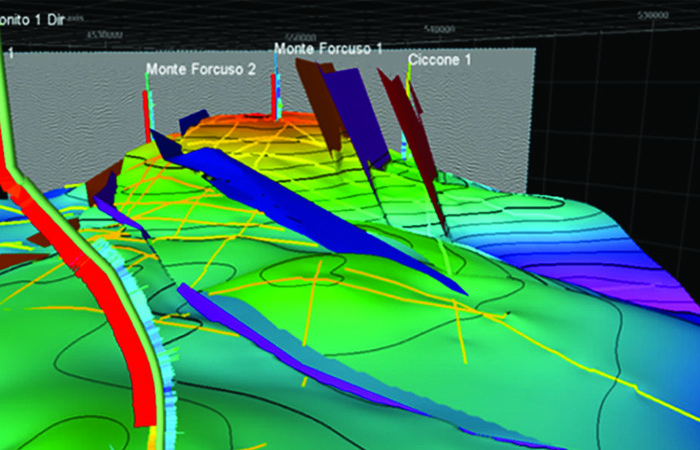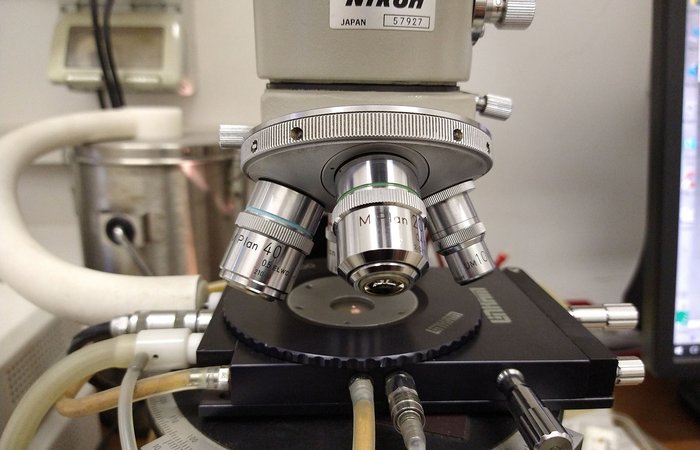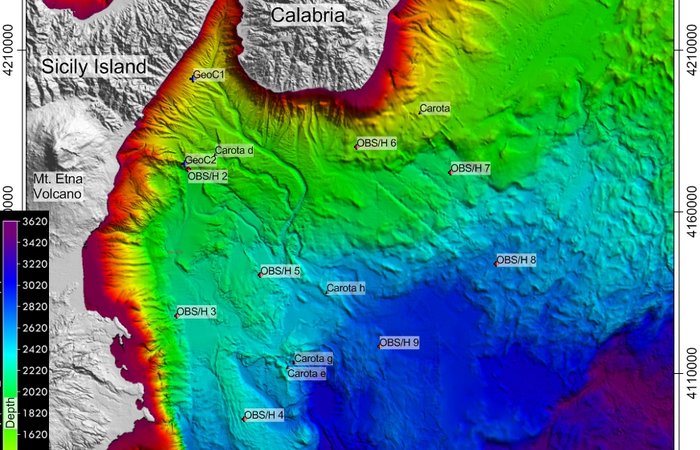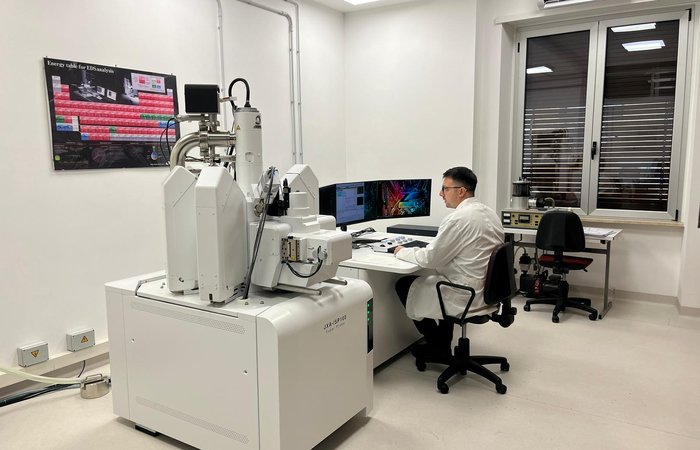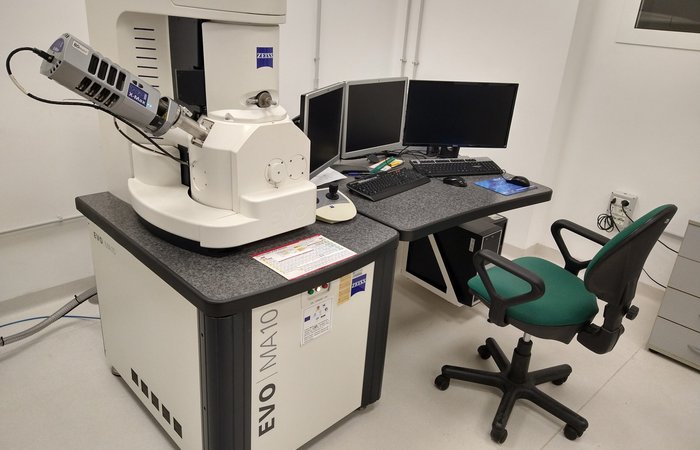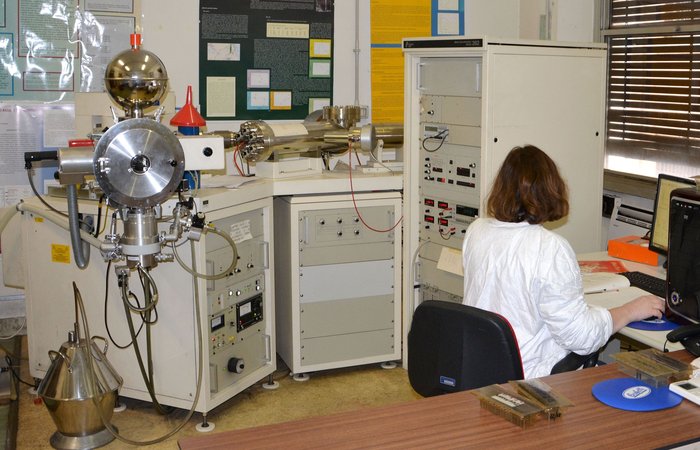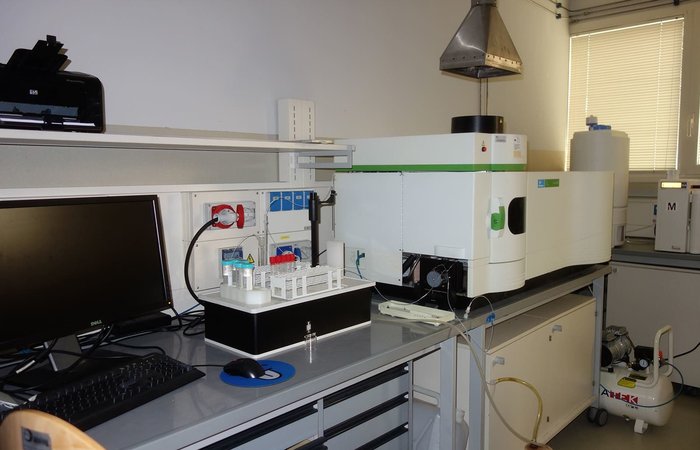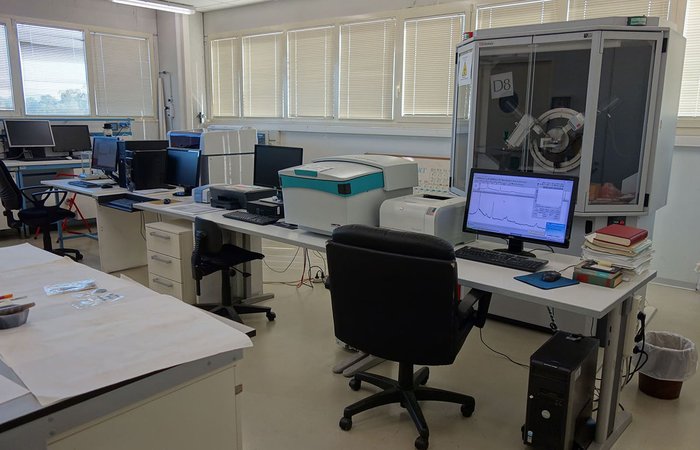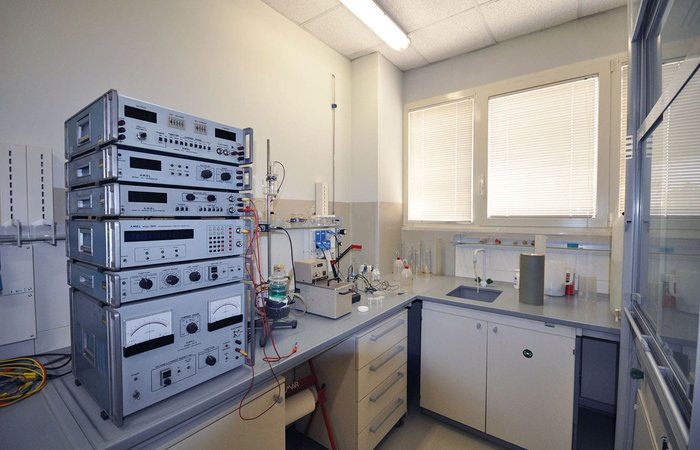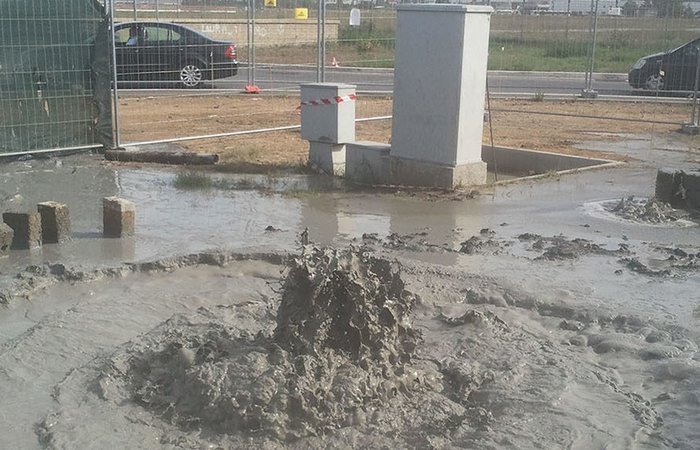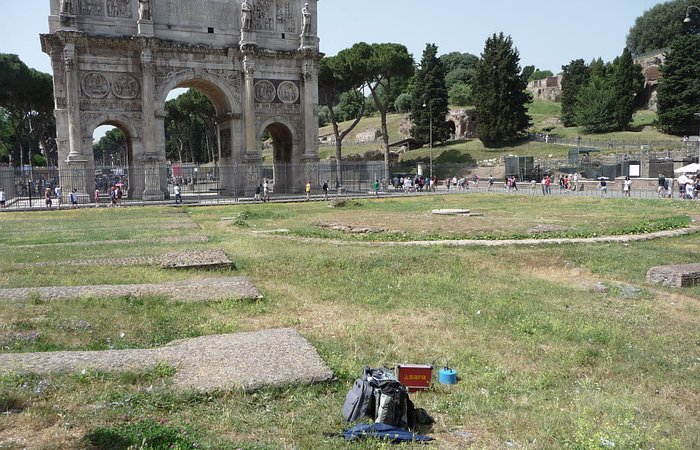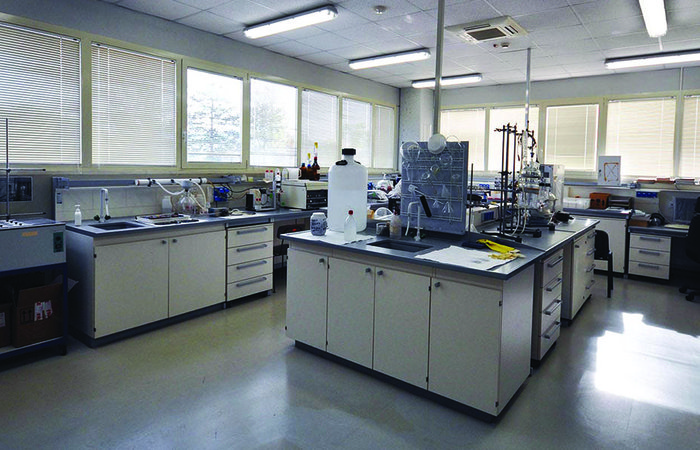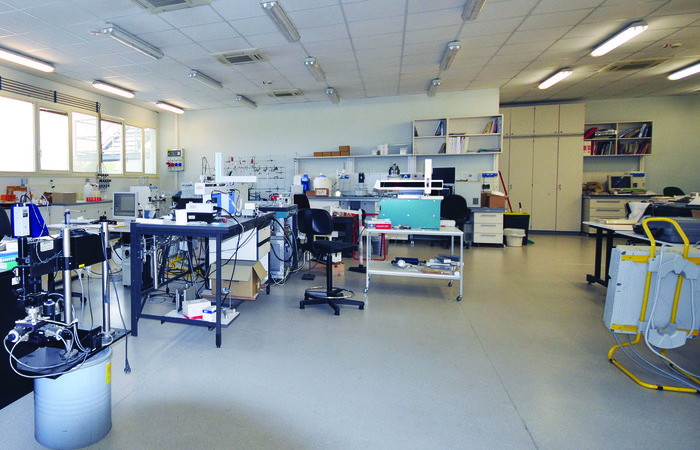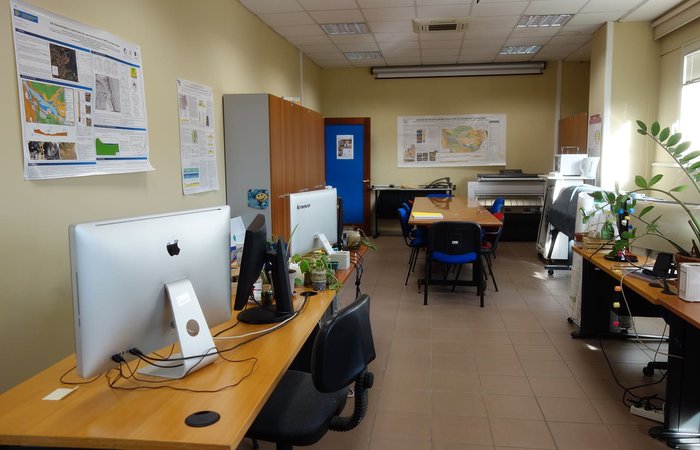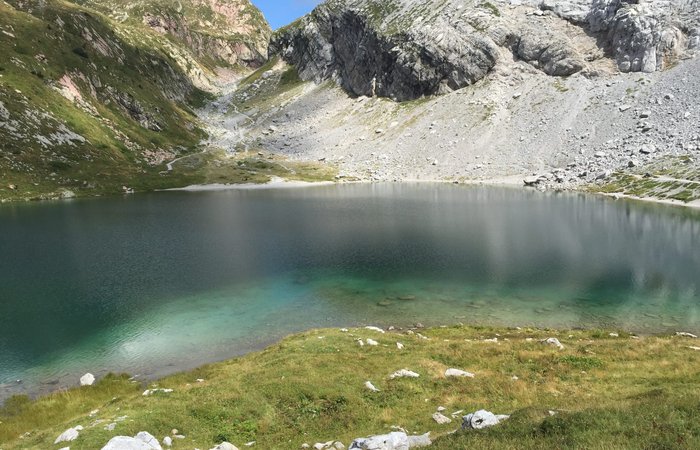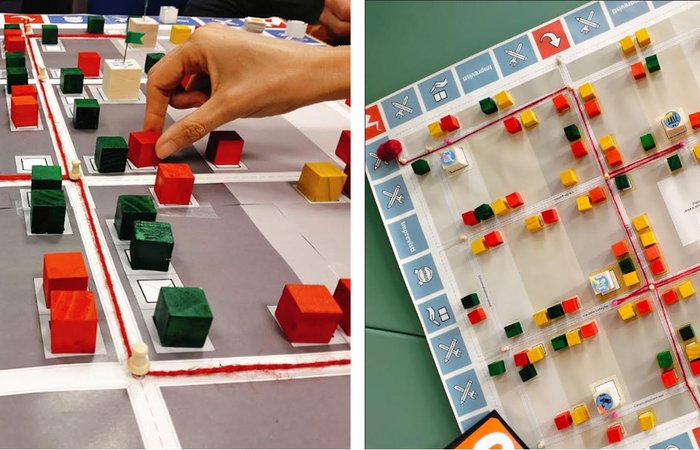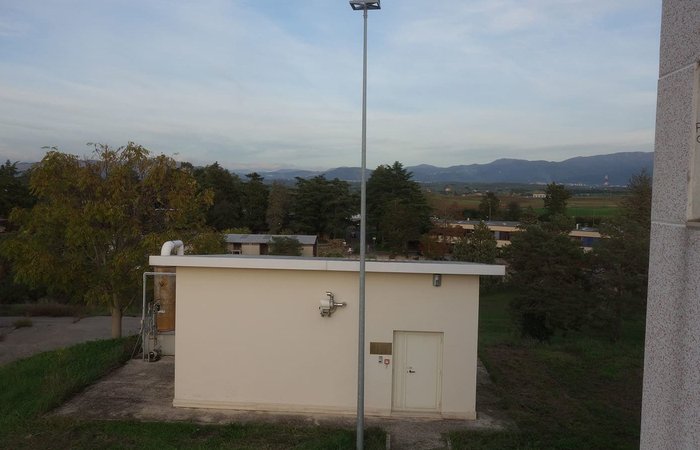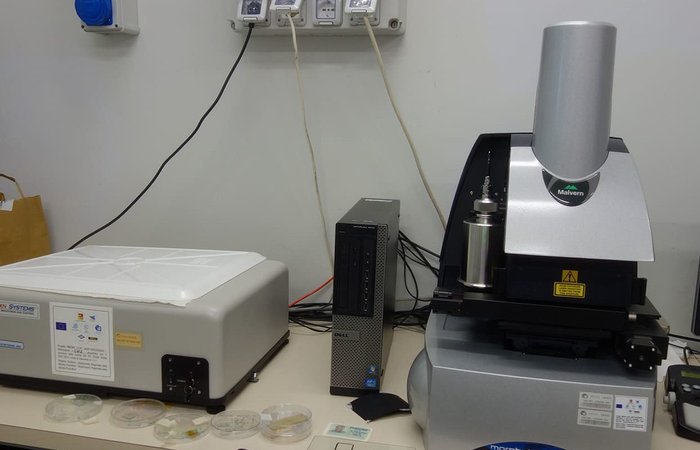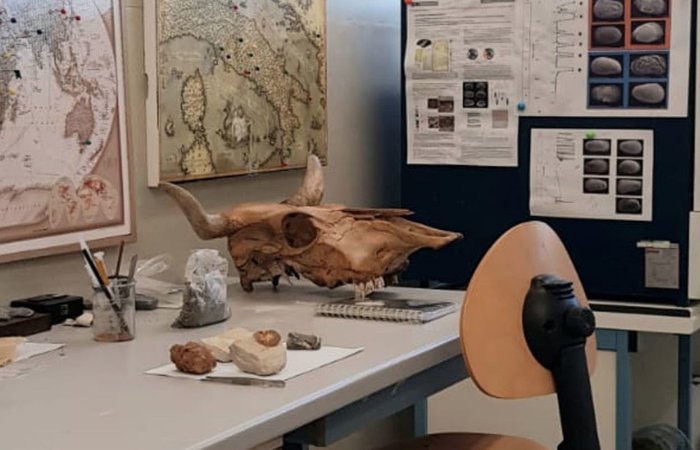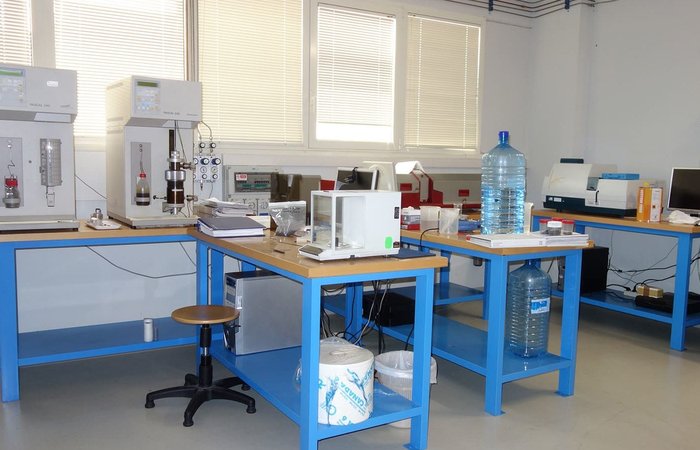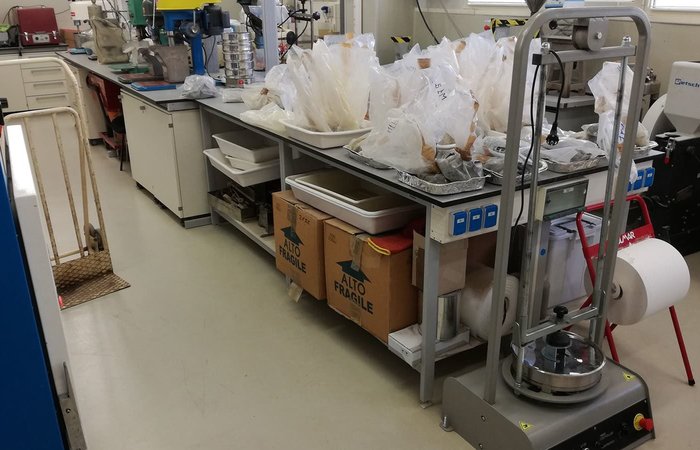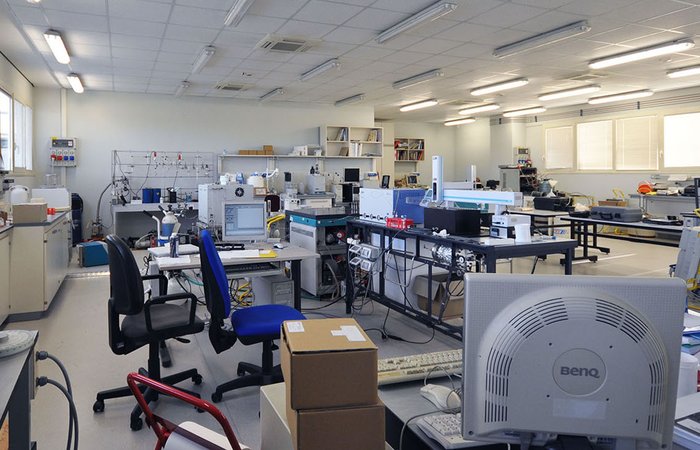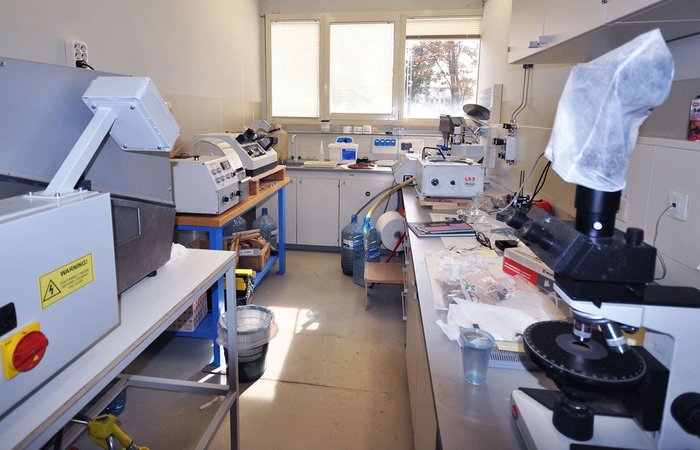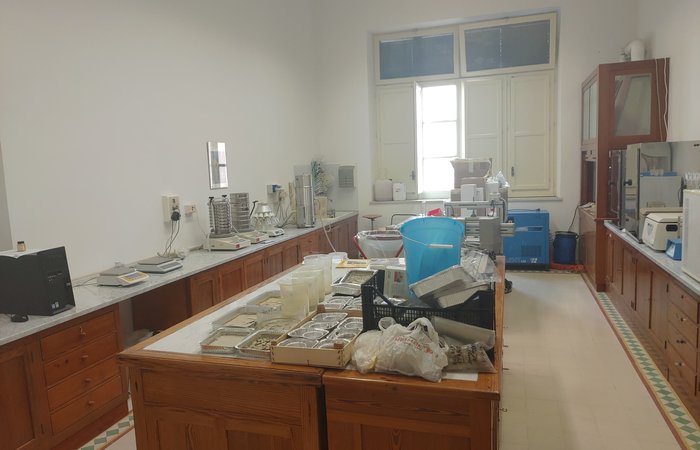Laboratories
Institute of Environmental Geology and Geoengineering
The Institute of Environmental Geology and Geoengineering (IGAG) was born in 2001 from the merger of five previous institutes operating in the fields of geology, engineering, chemistry and geochemistry, thus achieving the integration of skills typical of the Earth sciences, geotechnical and mining engineering and environmental chemistry.
Thanks to the investment that the institute has made in technological innovation and the development of innovative analytical and experimental methods, the IGAG laboratories constitute an important infrastructural asset that manages to attract researchers from Italian and foreign research institutions.
The analytical, experimental and field laboratories put multidisciplinary skills into a network, which carries out experimentation and in-depth activities as part of the activities envisaged by the research topic lines.
The network of IGAG laboratories constitutes an important endowment for the Institute’s researchers, who exploit their technological skills and abilities in the context of the projects they are involved in, but also for the external scientific and technical community, for which it represents a point of fundamental contact with the skills of IGAG researchers.
Cagliari Unit
Indirizzo: c/o DICAAR, Facoltà d’Ingegneria, via Marengo, 2 - 09123 Cagliari
Milan Unit
Via Mario Bianco, 9 - 20131 Milano
Rome Unit
C/o Dip. Scienze della Terra, Sapienza Università di Roma
P.le Aldo Moro, 5 - 00185 Roma
Montelibretti Unit
Area della Ricerca di Roma 1- Strada Provinciale 35d, 9 – 00010, Montelibretti (RM)
Palermo Unit
Via Archirafi n. 22 - 90123 - Palermo

